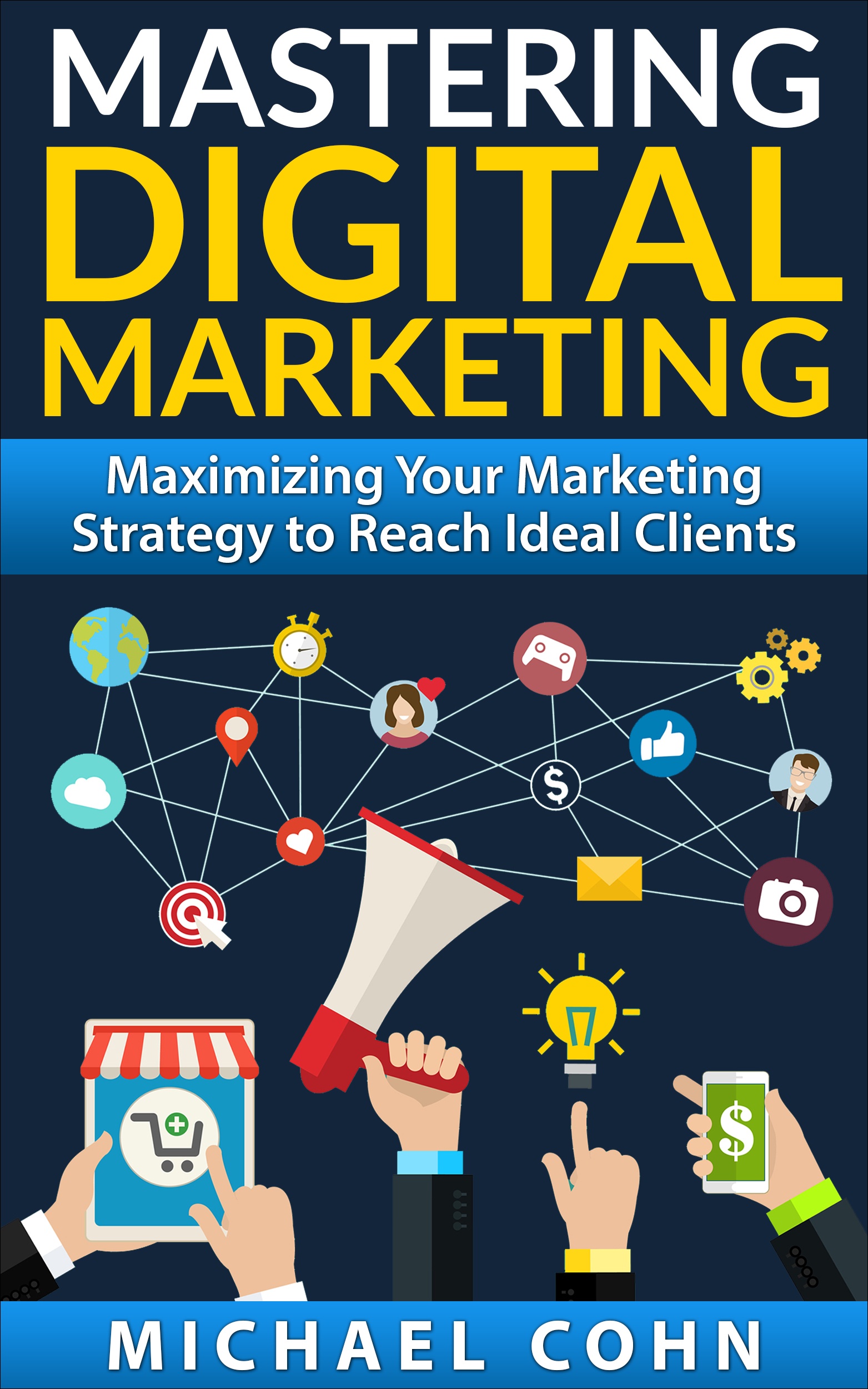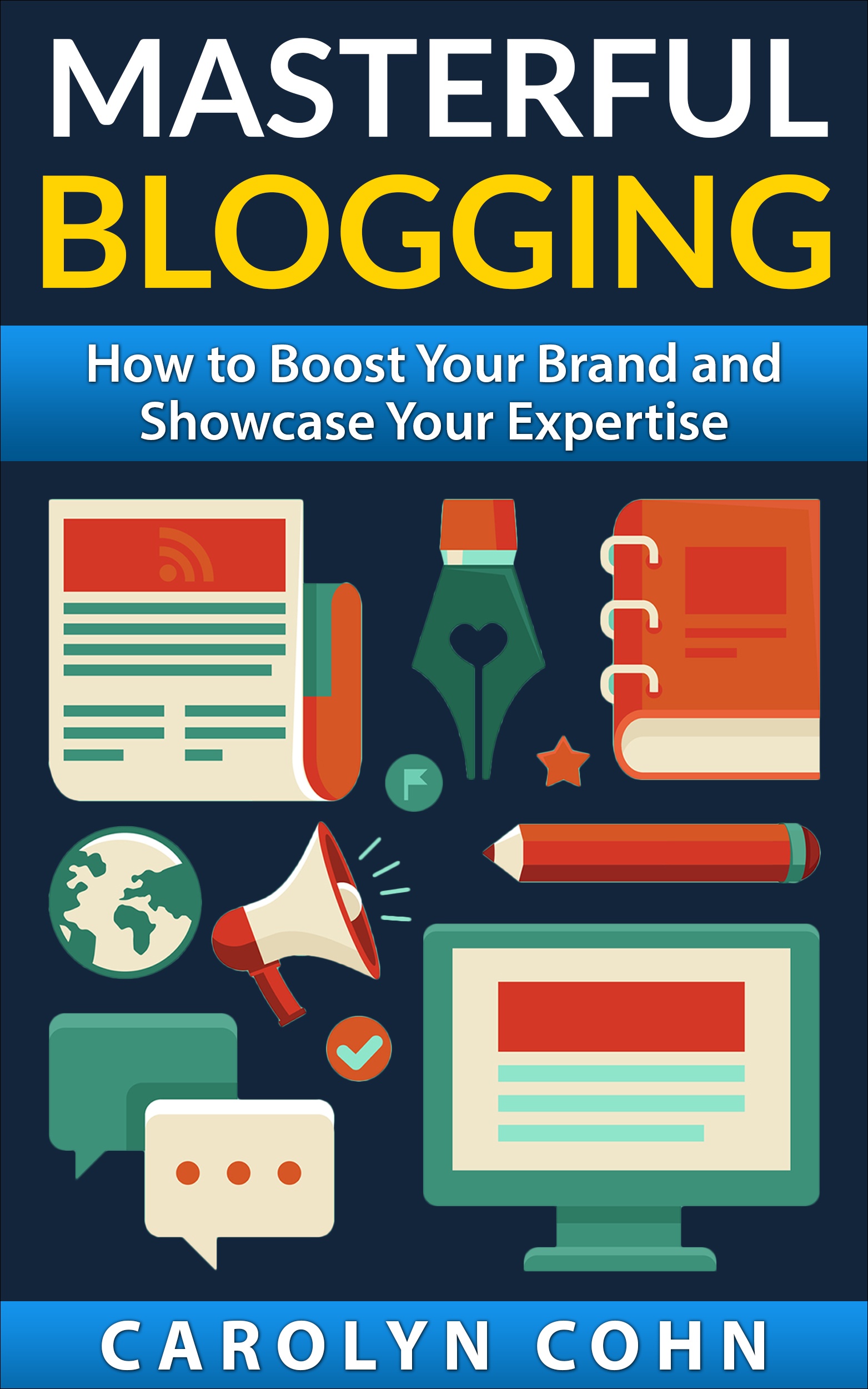Marketing Writing — How to Maximize Its Effectiveness

The best writing is always clear and to the point, imparting to the reader exactly what he/she needs to learn. This is especially the case with marketing writing, and in particular, Inbound Marketing writing, because the end result is whether the reader agrees to buy the product or service based on what is presented in the writing. In short, if the potential customers are not enticed by what they read, they will not become customers at all. The following are tips on how to maximize the effectiveness of the marketing writing.
Make the readers see value in your headline statement
The most impactful headline is one that makes the readers give it value and so creates interest in pursuing it further. Good marketing doesn’t lecture, it converses. One of the best ways to do this is to pose the headline as a question, which engages the readers as they read. In the course of the marketing piece, subtly direct your readers to a viable answer proposed in the initial statement, an answer that they will be willing to pay for. In sum, always consider the impact of making a statement versus asking a leading question.
Keep the language simple and direct
Buzzwords and jargon can turn people off. Always try to speak plainly about your products and services. If some technical vocabulary is necessary, make sure that the terms are explained and examples are given. No matter how sophisticated the readers are, they will become impatient with text that does not get to the core message quickly and efficiently. Also, try to keep sentences short and precise. In addition, writing in active voice allows you to focus your marketing on what matters—you and your business—by bringing clarity to your writing. A passive sentence invites confusion, obscuring exactly who does what and why. This is especially critical in marketing, where you need to lead readers down a clear path toward action. If they can’t see the path, they’ll never move in your direction.
The importance of content with focus
The first step in developing powerful marketing writing is to understand the target audience. You should never assume that one size fits all. Marketing must be tailored to address the specific group of people that will be interested in what you have to offer. Thus, while it is important to explain why your product or service is unique and of high value, you also need to be aware of how to get your target audience to respond to what you have to offer. This is done by understanding their needs and buying trends.
Secondly, focused writing will present one idea per paragraph and not try to overwhelm the reader with too much information at once. Try to develop a writing style that entices the reader by gently steering him/her in the direction that builds the forcefulness of your argument one point at a time. This approach is most likely going to result in reader interest and, ultimately, in a sale.
Use clear and concise writing
Good marketing writing uses efficient language and delivers maximum impact with a minimum amount of words. This is most easily accomplished if you have a professional editor working with you. One way to ensure that your marketing writing is consistently clear and concise is to have a plan before the writing begins. The plan should help you to make sure that there is no unnecessary content on your website—only content that serves a real purpose.
Good marketing writing is both effective and beautiful, in that order. Nice-sounding sentences that don’t add any real value to the writing have to be eliminated. It is often difficult to scrutinize your writing and being able to decide what is really unnecessary and can be deleted. It just takes practice. You will notice that as your marketing writing gets tighter and more buttoned up, it will also become more powerful and compelling. You want to be sure that your message is never diluted with extraneous words.
A call to action
Good marketing copy demands the readers to act and gives them the ability to do so. It opens with the hook—your leading headline—and closes with a strong call to action. Otherwise, everything in between is worthless. The call to action is probably the most vital single component of the entire marketing writing piece.
The call to action is as simple as it sounds. It clearly identifies the next step the reader will take to learn more or otherwise move closer to the sale. You should always use active voice and strong verbs in your call to action and keep your sentences tight and focused. This is no place to be wishy-washy, long-winded, or vague!
You can also adjust the call to action to speak directly to your customers’ needs. This gives you another opportunity to connect their needs with your solutions. This approach emphasizes the benefits of what you do, rather than a generic "For more information call…"
Summary
Good marketing writing should be taken seriously. It requires that you have a thorough knowledge of your customers, their needs, and how your business fills their needs. With that knowledge in hand, the process of marketing writing can begin by concentrating on impactful headlines, clear and direct content with focus, and a specific call to action. With enough dedicated effort and feedback, you should be able to interest customers in the value of what you have to offer.
Please contact us at CompuKol Communications for all of your online and non-web based marketing writing and editing needs.



